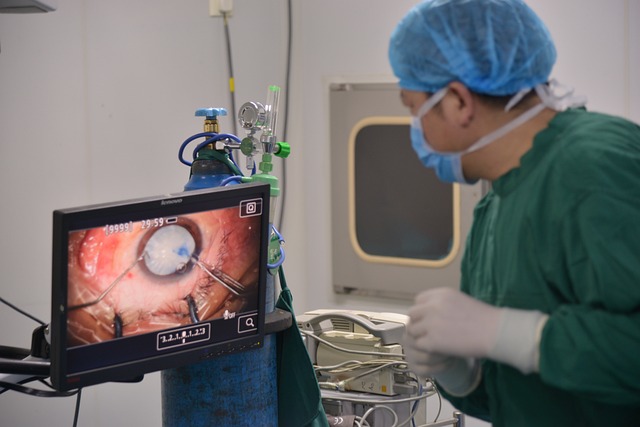Introduction to Robot-Assisted Surgery
The landscape of healthcare is constantly evolving, and as we venture deeper into the 21st century, one of the most promising advancements is robot-assisted surgery. This cutting-edge technology is not just a glimpse into the future of medicine; it’s revolutionizing how surgical procedures are performed, ensuring safer, more precise, and less invasive treatment options for patients.
Technological Innovations in Robot-Assisted Surgery
Robot-assisted surgery is an extraordinary fusion of technology and healthcare that has transformed traditional surgical methods. At the core of this innovation are advanced robotic systems equipped with high-definition cameras, precision instruments, and sophisticated software that allows surgeons to conduct complex procedures from a console. This state-of-the-art technology is designed to enhance the surgeon’s capabilities, offering unparalleled dexterity, stability, and visualization.
One of the remarkable aspects of robot-assisted surgery is its minimally invasive approach. Unlike traditional open surgeries, which require large incisions and lengthy recovery times, robotic systems enable surgeons to operate through small incisions. This not only reduces the risk of complications but also shortens patients’ recovery time, enabling them to return to their daily lives faster than ever before.
Health Innovations Impacting Patient Care
The advent of robot-assisted surgery has also brought forth significant health innovations that address a variety of conditions. From urology to gynecology and orthopedics, robot-assisted procedures are proving to be highly effective in treating complex ailments. These technologies empower surgeons with tools to navigate intricate anatomical structures with precision, reducing the chances of human error and improving overall patient outcomes.
Furthermore, the integration of artificial intelligence and machine learning into these robotic systems continuously enhances their capabilities. Surgeons are now equipped with data-driven insights that help them make informed decisions in real time. This collaboration between human expertise and robotic efficiency leads to tailored surgical approaches, minimizing risks associated with traditional methods.
The Emotional Impact on Patients
For patients, the impact of robot-assisted surgery extends beyond the physical improvements. The prospect of undergoing a less invasive procedure often alleviates anxiety and fear associated with surgery. The knowledge that advanced technology is involved in their care instills confidence, allowing them to focus on recovery rather than the surgery itself.
The advances in healthcare provided by robotic-assisted techniques not only change the way surgeries are performed but also contribute to a paradigm shift in patient care. When patients feel empowered and informed about their treatment options, the overall experience of surgical care transforms into a more positive journey for everyone involved.
Looking Ahead: The Future of Robot-Assisted Surgery
As we look to the future, the trajectory of robot-assisted surgery suggests immense possibilities. With ongoing research and development, we can anticipate further enhancements in robotic technology that will continue to inspire medical professionals and improve patient care. The fusion of robotics and healthcare is not merely a dream; it is becoming a reality that reshapes how we approach surgical interventions.
In this ever-evolving field, staying informed about technological and health innovations is essential for both healthcare providers and patients alike. Embracing these advancements holds the promise of a healthier, more efficient future for healthcare, where outcomes are optimized, and the patient experience is enriched.




